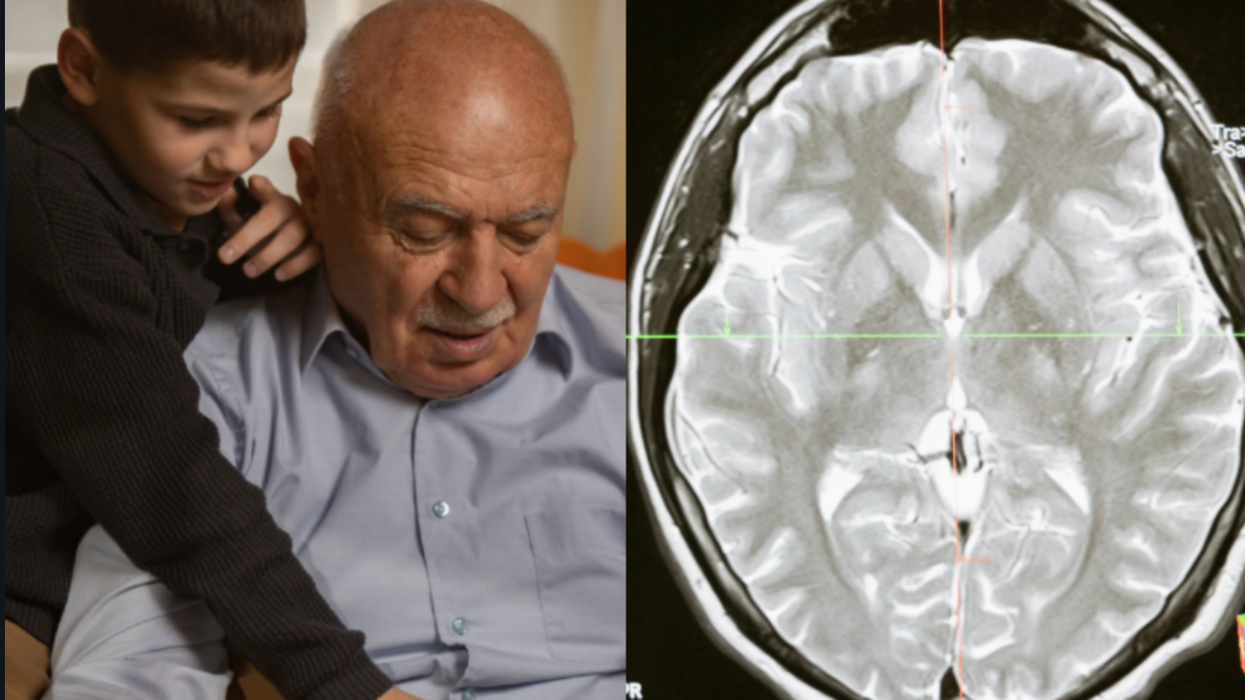If you thought this GIF of a dog swatting his birthday cake was the pinnacle of greatness, hang on to your hats.
On February 16, Giphy released a massive collection of GIFs with sign language expert Robert DeMayo acting out more than 2,000 words in American Sign Language. In each GIF, DeMayo, who runs the website and training program, Sign With Robert, stands next to a printed word and signs the word repeatedly. In this way, the GIFs operate less like entertaining snippets and more like educational flashcards.
“GIFs, as a visual format untethered from audio, makes them a perfect medium for sign language,” Sign With Robert’s producer, Hilari Scarl, told Mashable, adding, “The GIF format has the ability to loop infinitely, so it's perfect for learning new signs. (It) doesn't require the back and forth of hitting play, rewind, or repeat.”
The GIFs perfectly exemplify how the simplest idea can also be the most brilliant. To make the clips, Giphy staff members took existing Sign With Robert videos and chopped them up to form clear, one-word demonstrations that could loop endlessly. According to Mashable, it took a collaborative effort to ensure the GIF library displayed each sign correctly and included a diverse collection of words.
It’s worth noting that the American Deaf community is far from small. According to the U.S. Department of Health and Human Services, about 13 percent of all Americans aged 12 and up—that’s 30 million people—suffer from hearing loss in both ears.
Thanks to this addition, GIF lovers of all abilities now have a better shot at learning ASL and communicating with members of the deaf community. Check out the full GIF library here. Or, to get a head start on your language learning adventure, browse a few of the most useful ASL GIFs below.








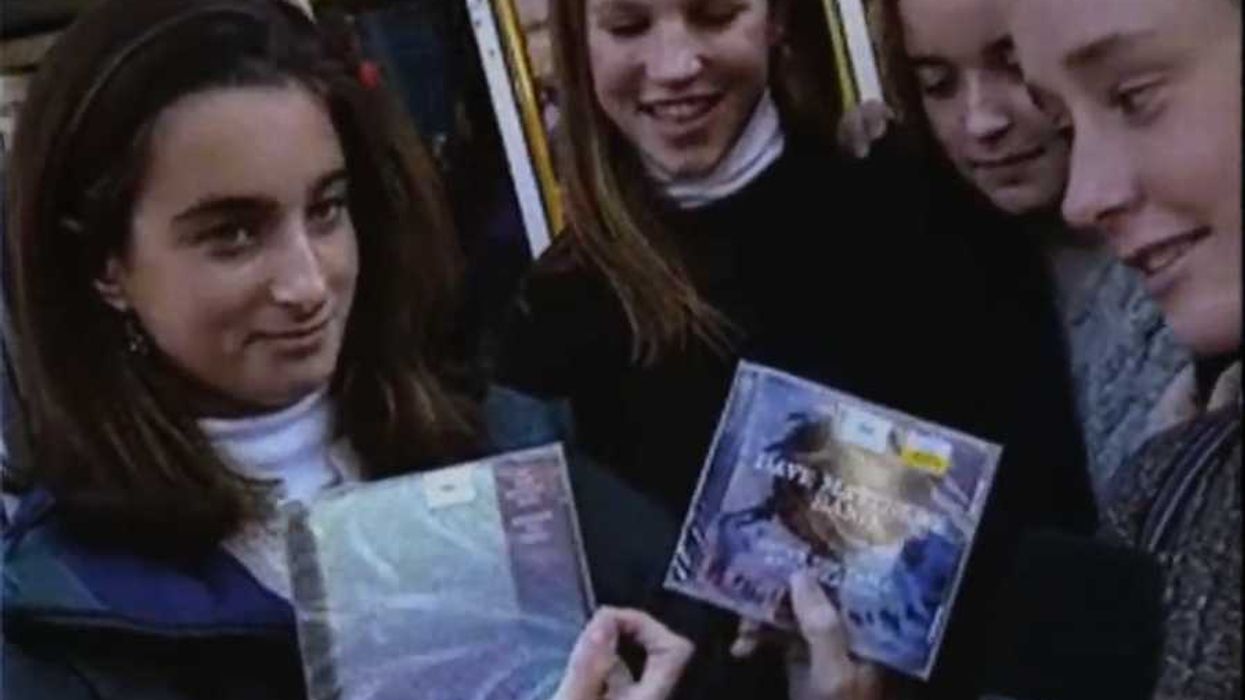






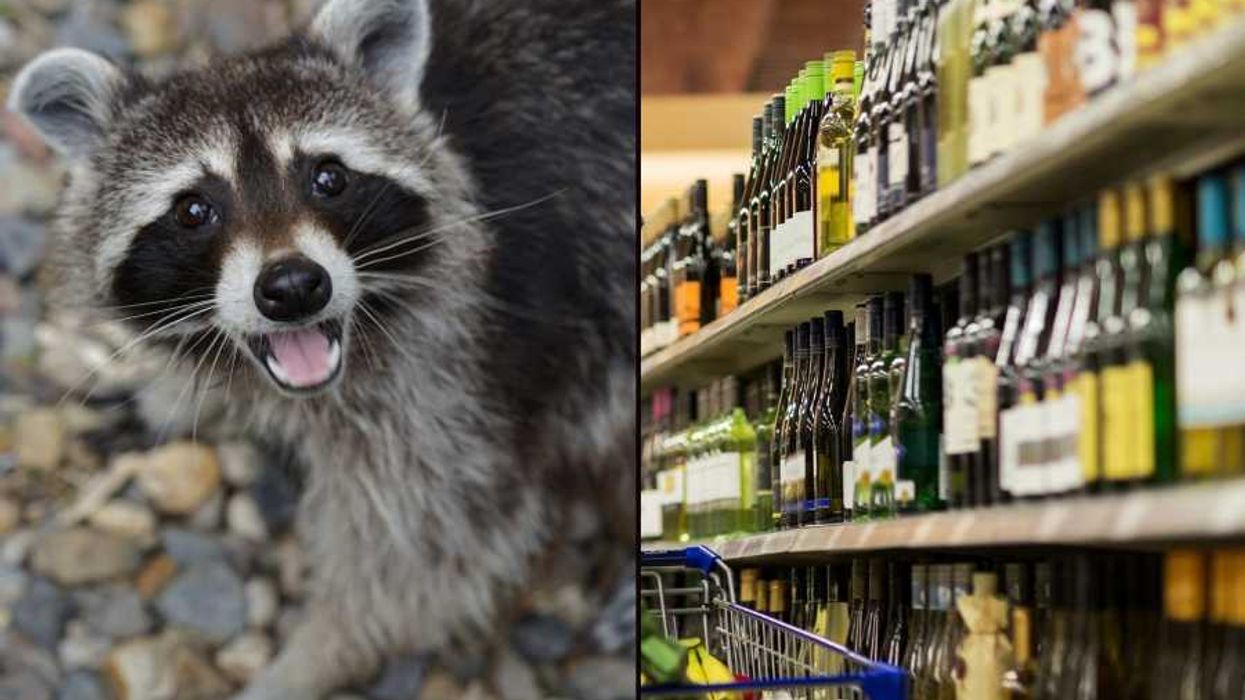

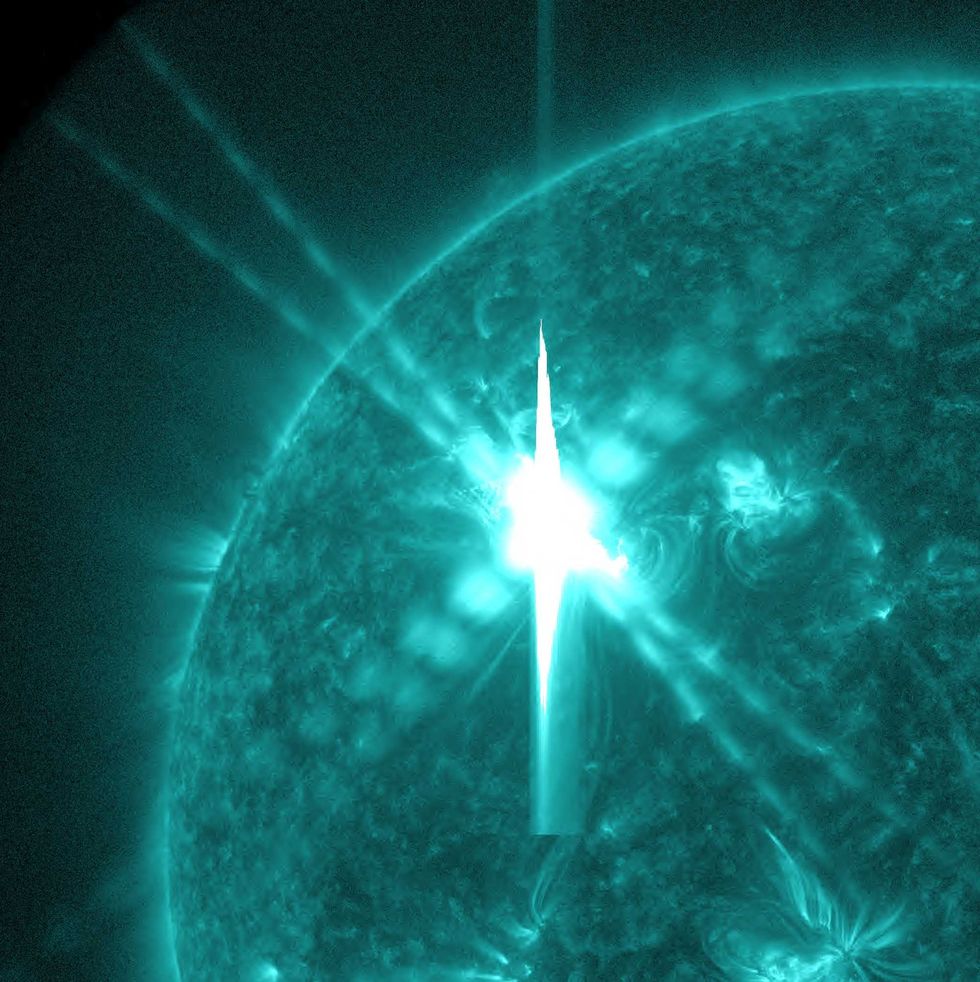 Image artifacts (diffraction spikes and vertical streaks) appearing in a CCD image of a major solar flare due to the excess incident radiation
Image artifacts (diffraction spikes and vertical streaks) appearing in a CCD image of a major solar flare due to the excess incident radiation

 Ladder leads out of darkness.Photo credit
Ladder leads out of darkness.Photo credit  Woman's reflection in shadow.Photo credit
Woman's reflection in shadow.Photo credit  Young woman frazzled.Photo credit
Young woman frazzled.Photo credit 
 A woman looks out on the waterCanva
A woman looks out on the waterCanva A couple sits in uncomfortable silenceCanva
A couple sits in uncomfortable silenceCanva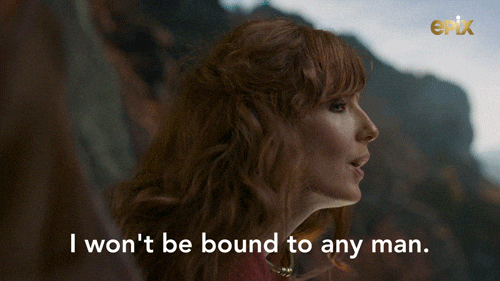 Gif of woman saying "I won't be bound to any man." via
Gif of woman saying "I won't be bound to any man." via  Woman working late at nightCanva
Woman working late at nightCanva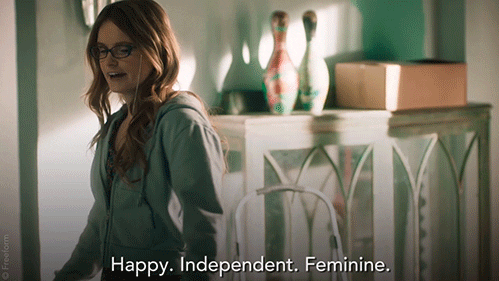 Gif of woman saying "Happy. Independent. Feminine." via
Gif of woman saying "Happy. Independent. Feminine." via 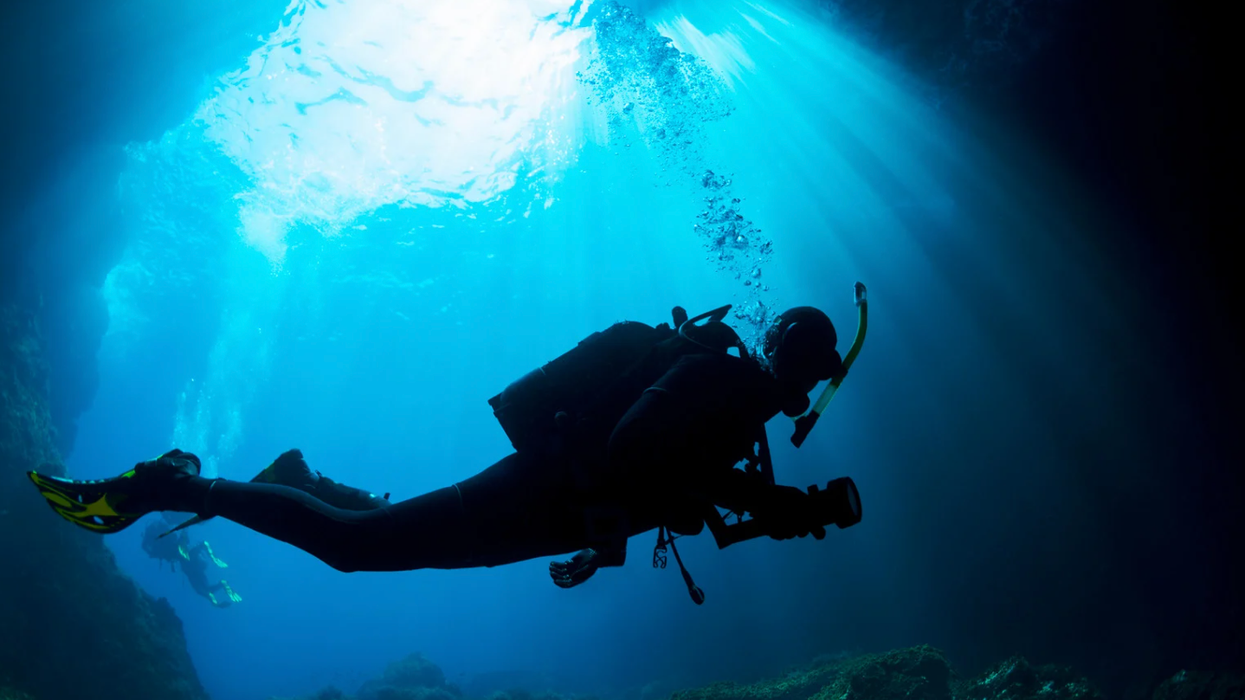
 Yonaguni Monument, as seen from the south of the formation.
Yonaguni Monument, as seen from the south of the formation. 